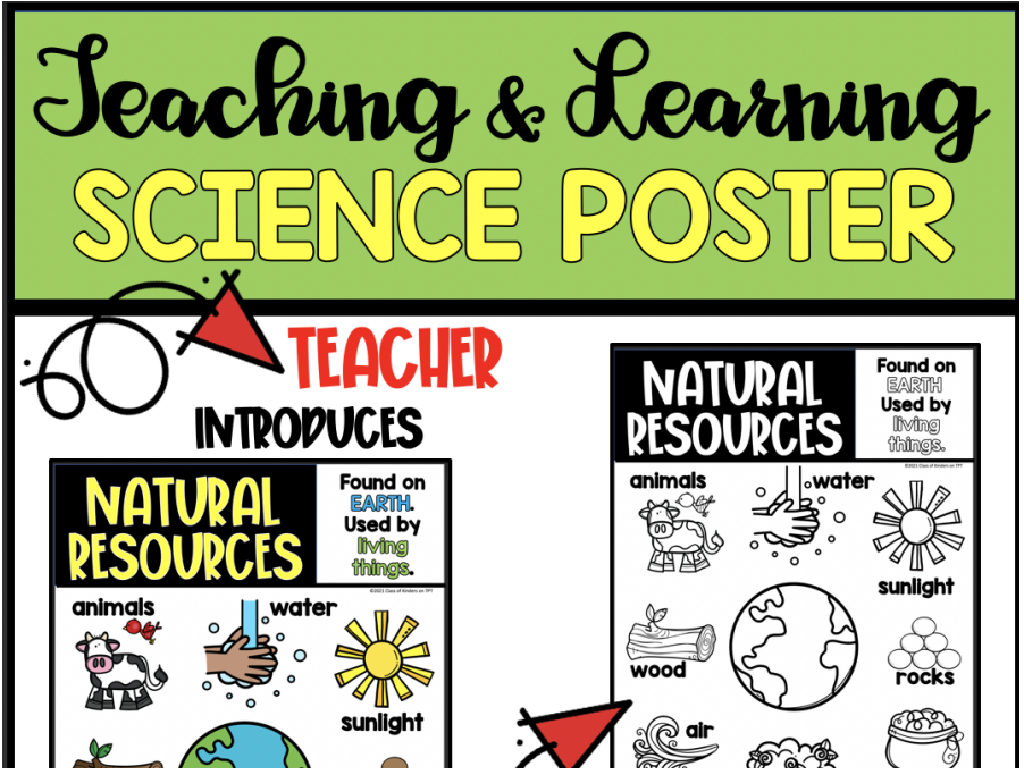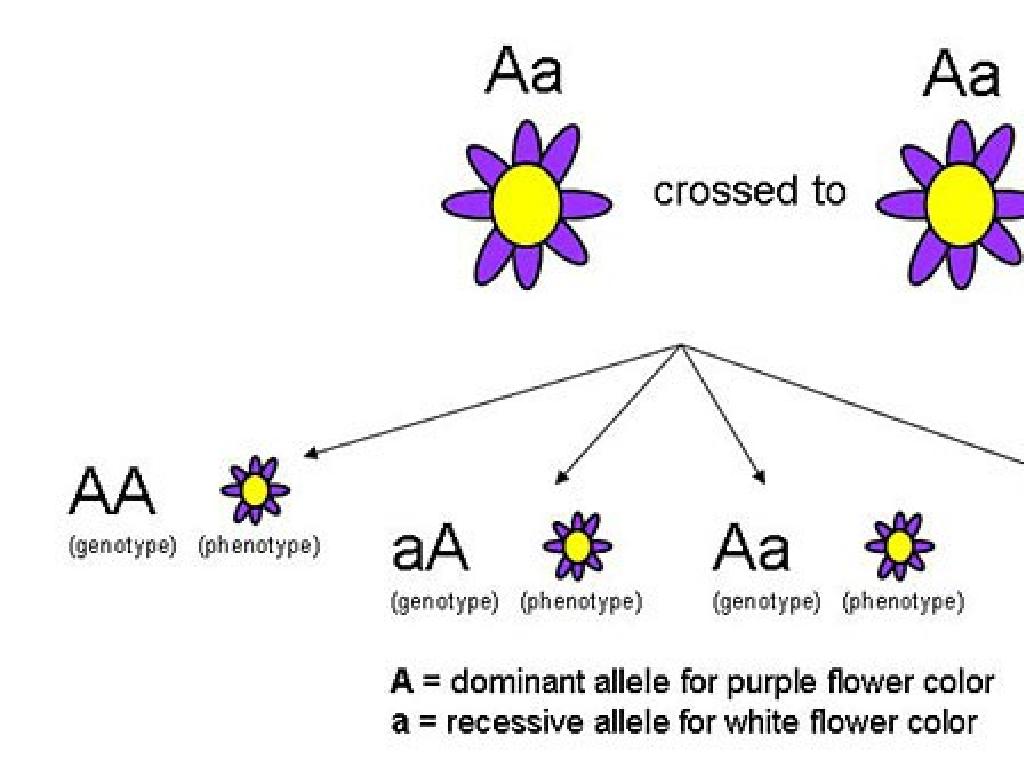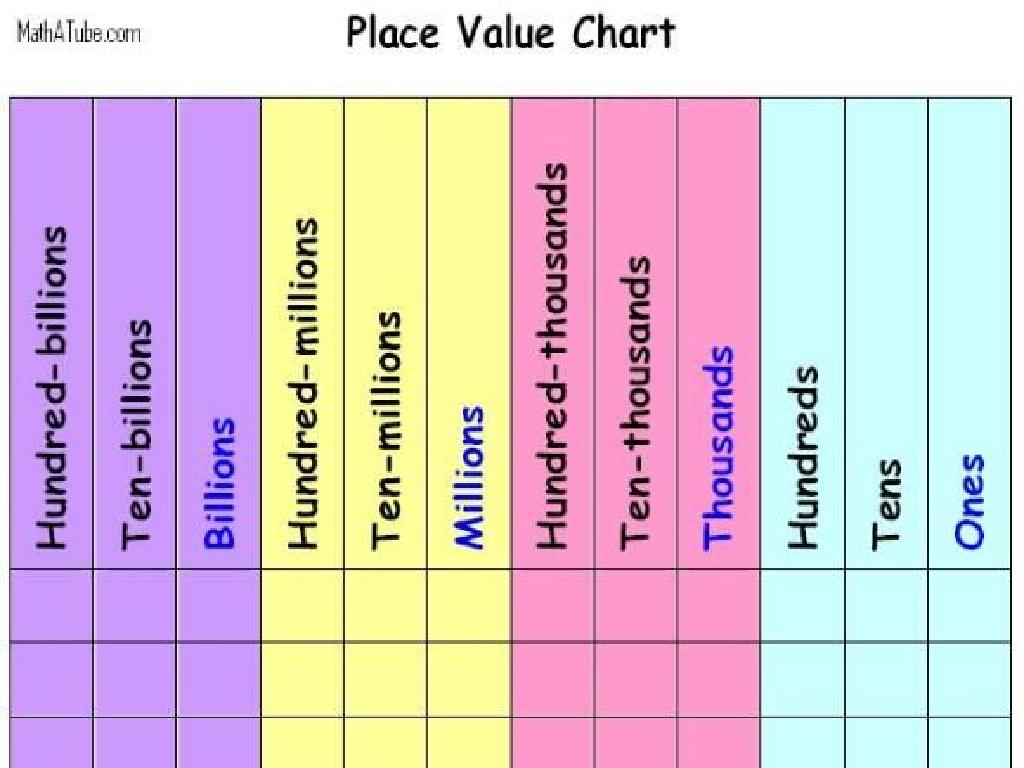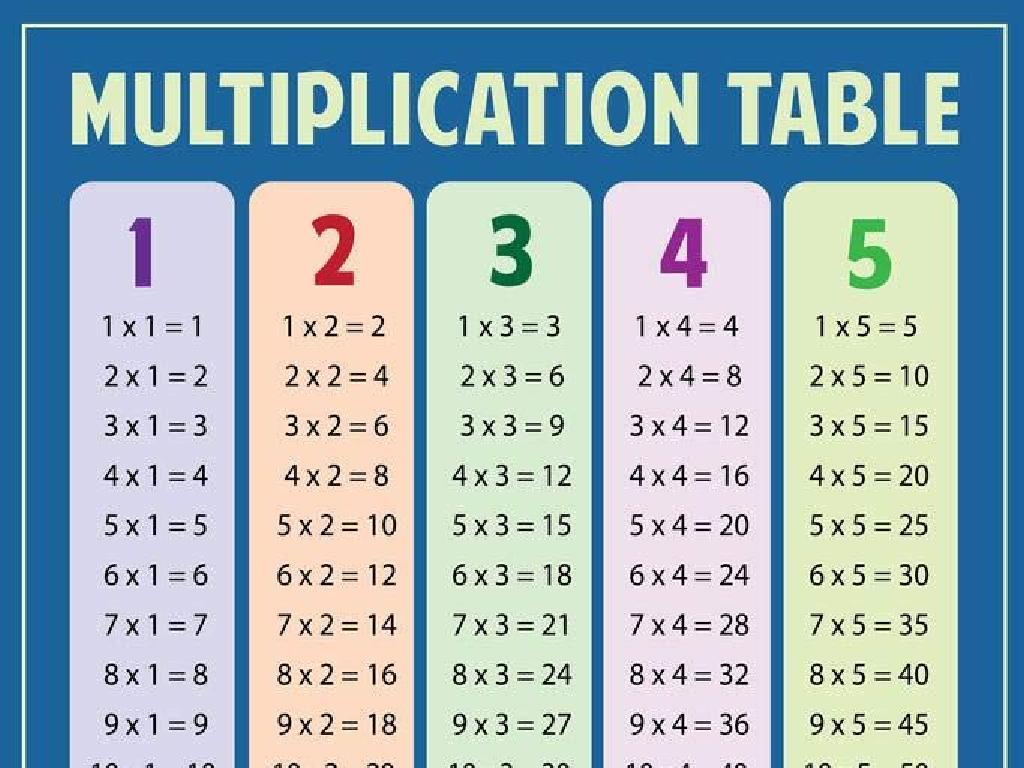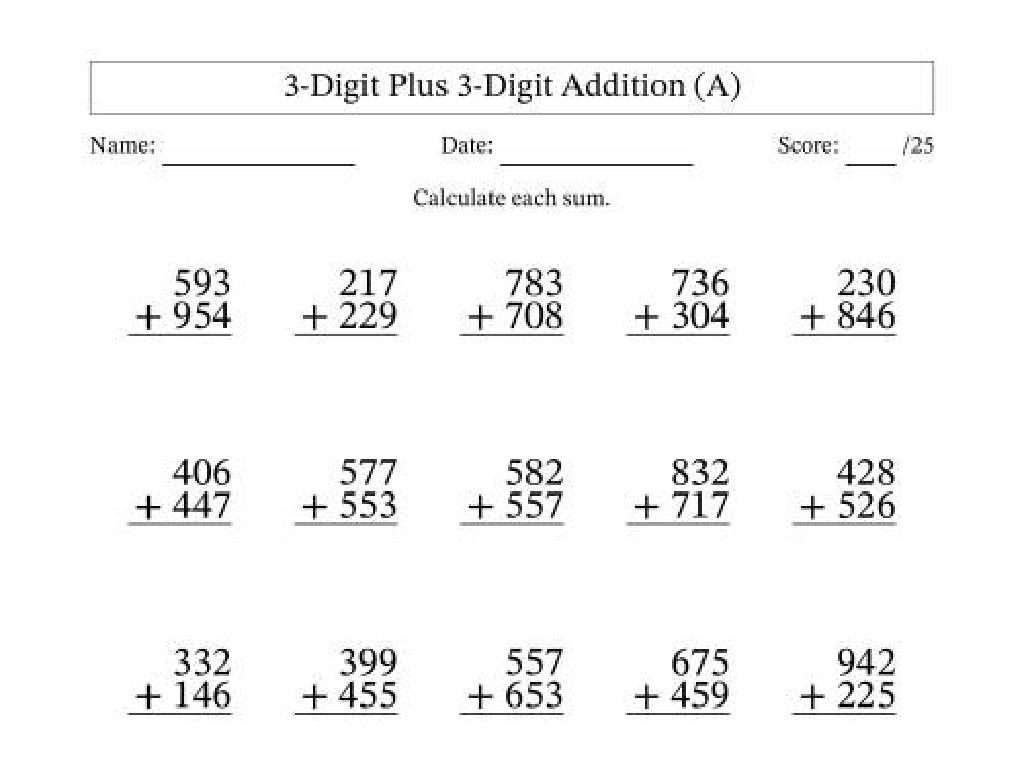Wide And Narrow
Subject: Math
Grade: Pre-k
Topic: Size
Please LOG IN to download the presentation. Access is available to registered users only.
View More Content
Exploring Sizes: Wide and Narrow
– Greet our young mathematicians
– Today’s focus: Learning about sizes
– Understanding ‘wide’ and ‘narrow’
– ‘Wide’ means more space side to side, ‘narrow’ means less space
– Activity: Find wide and narrow objects
– Look around to find objects that are wide and others that are narrow
|
Begin the class with a warm welcome, engaging the children’s attention and excitement for learning about sizes. Introduce the concepts of ‘wide’ and ‘narrow’ with simple, clear explanations and use hand gestures to demonstrate. Encourage the children to look around their environment for objects that are wide, like a table, and narrow, like a pencil. This activity will help them understand the concept of size comparison in a tangible way. Provide guidance and ensure that each child participates and understands the difference between wide and narrow objects.
Exploring Size: Wide and Narrow
– Understanding the concept of size
– Comparing objects by size
– Use blocks or books to show size differences
– Examples of wide and narrow objects
– A wide road vs. a narrow path, a wide table vs. narrow bookshelf
– Interactive size comparison activity
– Let’s compare objects in the classroom!
|
This slide introduces the concept of size to Pre-K students, focusing on the terms ‘wide’ and ‘narrow’ as descriptors. Begin by explaining that size helps us understand how big or small something is. Use tangible items like blocks or books to demonstrate how to compare objects by size. Provide clear examples of wide and narrow objects, such as a wide road versus a narrow path, or a wide table versus a narrow bookshelf. Engage the students with an interactive activity where they can compare objects in the classroom to reinforce the concept. Encourage participation and use positive reinforcement to make the learning experience enjoyable.
Exploring Wide and Narrow
– Understanding ‘wide’ objects
– ‘Wide’ means stretching far from side to side.
– Understanding ‘narrow’ objects
– ‘Narrow’ means not stretching much from side to side.
– Classroom wide and narrow hunt
– Let’s look for wide and narrow items around us.
– Discussing our findings
|
This slide introduces the concepts of ‘wide’ and ‘narrow’ to Pre-K students in a tangible and interactive way. Begin by explaining that ‘wide’ refers to something that stretches a lot from one side to the other, like a big table or a mat. Contrast this with ‘narrow,’ which is when something doesn’t stretch out much from side to side, like a ruler or a pencil. Encourage the children to look around the classroom for objects that are wide and narrow, fostering engagement and observational skills. After the hunt, gather the students to discuss what they found and reinforce the concepts by comparing the objects. This activity not only teaches size comparison but also helps with spatial awareness and vocabulary building.
Understanding Wide and Narrow
– A wide table for friends
– Tables can be wide to fit many friends around it.
– Big books open wide
– When a big book is open, it becomes wide so we can see all the pictures.
– What wide things do you like?
– Think of something wide you enjoy and why you like it.
|
This slide introduces the concept of ‘wide’ to Pre-K students using relatable examples. Start by showing a picture of a wide table and explain how its width allows many friends to sit together. Then, show a big book opened up to display its width and how it lets us see all the pictures clearly. Ask the students to think of wide things they like and encourage them to share their thoughts. This will help them understand the concept of ‘wide’ in a fun and interactive way. Make sure to use hand gestures to demonstrate ‘wide’ during the explanation. For the activity, you can have students spread their arms wide or use measuring tapes to find wide objects in the classroom.
Understanding Size: Narrow Objects
– A narrow path in the park
– It’s slim so we can walk in line
– Pencils are narrow
– Easy to grip and write with
– Find narrow things at home
– Look around and list them
|
This slide is aimed at helping Pre-K students recognize and understand the concept of ‘narrow’ as a size. Start by explaining that ‘narrow’ means something that is not very wide. Use the example of a narrow path in the park to illustrate a place where they might need to walk in a line because it’s slim. Then, show them a pencil and explain that it is narrow so that it’s easier for our hands to hold and control when we write. Encourage the students to think of narrow objects they have at home and make a list. This activity will help them apply the concept of narrow to their everyday environment, reinforcing their understanding through practical examples.
Let’s Play a Game: Wide vs. Narrow
– Play ‘Find and Sort’ with toys
– Find wide and narrow toys
– Look for toys that take up more space across and toys that are slim
– Sort toys into groups
– Place wide toys in one group and narrow toys in another
– Learn about size comparison
|
This interactive game is designed to help Pre-K students understand the concept of size, specifically the difference between wide and narrow objects. By using toys, which are familiar and engaging for young children, they will learn to visually and physically categorize objects based on their width. Encourage the students to explore their environment and choose various toys to classify. Provide guidance on how to determine if an object is wide or narrow and facilitate the sorting activity. This hands-on approach promotes active learning and helps solidify the concepts of size comparison in a fun and memorable way. Prepare a variety of toys beforehand and ensure there is enough space for the sorting activity. After the game, discuss with the children why they sorted the toys as they did to reinforce their understanding.
Class Activity: Wide and Narrow Hunt
– Let’s explore wide and narrow
– Find a wide object in the classroom
– Look for something that has a big distance from one side to the other
– Find a narrow object in the classroom
– Look for something that has a small distance from one side to the other
– Show and tell your choices
|
This activity is designed to help Pre-K students understand the concepts of wide and narrow through a fun and interactive classroom hunt. Encourage the children to walk around the room and look for objects that are wide, like a table or a bookshelf, and objects that are narrow, such as a pencil or a ruler. Once they have selected their items, ask them to explain why they chose each one, reinforcing their understanding of the size concepts. For the show and tell, guide them to use descriptive words and ask their peers if they agree with the choices. This will not only help with their comprehension of wide and narrow but also with their speaking and social skills. Possible variations of the activity could include finding objects of different sizes outside the classroom, comparing two objects to decide which is wider or narrower, or even drawing wide and narrow items.
Celebrating Wide and Narrow Discoveries
– Excellent work on size comparison!
– Understanding wide versus narrow
– Wide is like a big hug; narrow is like a tight rope.
– Time for a big (wide) clap!
– Keep observing sizes around you!
|
This slide is meant to conclude the lesson on wide and narrow objects, reinforcing the children’s understanding of size comparison. It’s important to celebrate their achievements to boost their confidence. Encourage them to physically demonstrate their understanding by clapping widely. This kinesthetic activity helps solidify the concept in a fun and engaging way. Continue to prompt them to observe and compare sizes in their environment, further reinforcing the day’s lesson.

